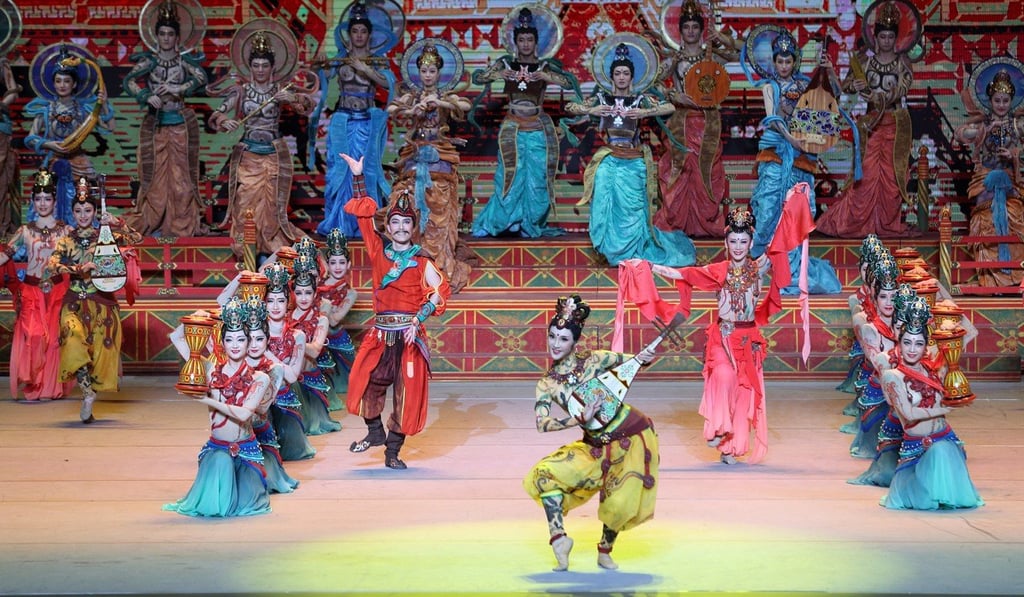Doklam dispute shows India must pick its battles, as China seeks to be the centre of the world
Shyam Saran says while China’s rise is remarkable, a recast history is put forward to legitimise its claim to Asian hegemony, and its Doklam stance aims to weaken the regional alliance between India and Bhutan

Managing the China challenge requires understanding the history of the Chinese civilization and the world view of its people, formed over 5,000 years of tumultuous history.

China’s pursuit of predominance at the top of the regional and global order, with the guarantee of order, has an unmistakable American flavour. It also echoes Confucius, who argued that harmony and hierarchy are intertwined.
China uses templates of the past ... to construct a modern narrative of power
China uses templates of the past as instruments of legitimisation, to construct a modern narrative of power. One key element of the narrative is that China’s role as Asia’s dominant power restores a position the nation occupied through most of history. The period from the mid-18th century until China’s liberation in 1949, when the country was reduced to semi-colonial status, subjected to invasions by imperialist powers and Japan, is characterised as an aberration. The tributary system is presented as artful statecraft evolved by China to manage interstate relationships in an asymmetrical world. What is rarely acknowledged is that China was a frequent tributary to keep marauding tribes at bay. The Tang emperor paid tribute to the Tibetans as well as to the fierce Xiongnu tribes to keep the peace.
